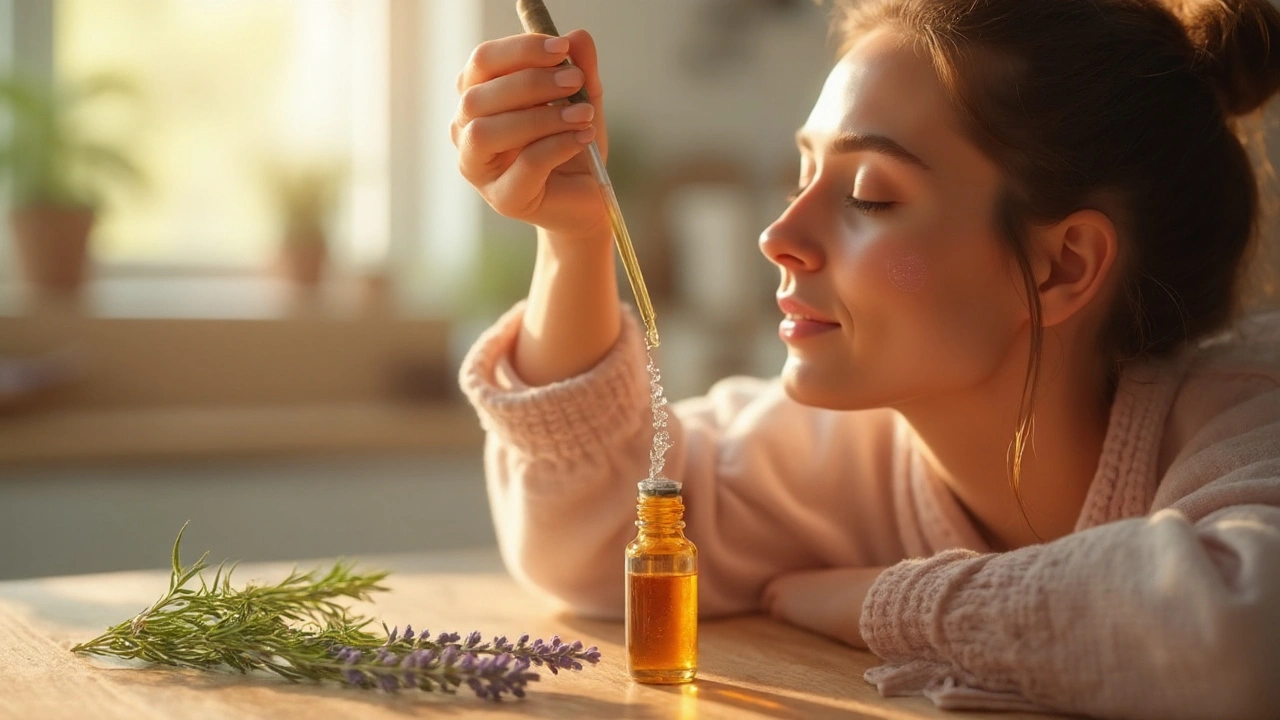Essential Oil Skin Care: Simple Tips for Glowing Skin
If you’re looking for a natural boost to your skin routine, essential oils can be a game‑changer. They’re tiny, fragrant liquids that can calm inflammation, balance oil, and leave your face feeling fresh. The key is to know which oils work best, how to dilute them, and when to skip them.
Choosing the Right Essential Oil
Not every oil suits every skin type. Here are a few all‑time favorites and why people love them:
- Lavender – gentle, soothing, great for acne‑prone or sensitive skin.
- Tea Tree – powerful antiseptic, perfect for occasional breakouts.
- Rosehip – packed with vitamin C, helps fade scars and fine lines.
- Frankincense – reduces redness and gives a firming effect.
- Geranium – balances oil production, good for combination skin.
When you pick an oil, read the label. Look for 100 % pure, therapeutic‑grade oils with no synthetic additives. Cheaper blends often contain carrier oils that dilute the benefits and can cause irritation.
How to Use Essential Oils Safely
Essential oils are potent, so you never apply them straight to the skin. Always mix with a carrier oil – think jojoba, sweet almond, or grapeseed. A common rule is 1 % dilution for daily use (about 6 drops of essential oil per 1 ounce of carrier).
Before any new blend, do a patch test. Put a tiny amount on the inside of your wrist, wait 24 hours, and watch for redness or itching. If it’s clear, you’re good to go.
Store bottles away from sunlight and heat. Dark glass keeps the oil stable for months. And remember, a little goes a long way – you don’t need a flood of oil to see results.
Here are two quick DIY recipes you can try tonight:
1. Calm Acne Spot Treatment
Mix 3 drops tea tree oil with 1 tsp jojoba oil. Dab the blend on a clean cotton swab and apply to blemishes. Use once or twice a day.
2. Evening Radiance Oil
Combine 4 drops rosehip oil, 2 drops frankincense, and 1 tsp sweet almond oil. Massage onto clean skin after your night wash. It helps fade dark spots while you sleep.
Feel free to swap oils based on what you have at home – the ratios stay the same.
Essential oils can be a fantastic addition to any skin routine, but they work best when you’re consistent and patient. Stick with a simple plan, track how your skin reacts, and adjust as needed. In a few weeks you’ll notice fewer breakouts, smoother texture, and a healthier glow.
Got a favorite oil or a question about a specific skin concern? Drop a comment below – sharing experiences helps everyone find the right mix for their skin.

Essential Oils for Age Spot Treatment: Step‑by‑Step Guide
Learn how to fade age spots naturally with essential oils. This step‑by‑step guide covers the science, best oils, safe dilution, DIY recipes, and FAQs.